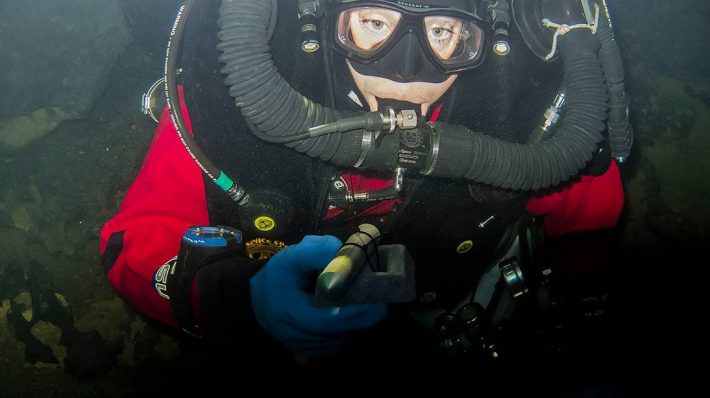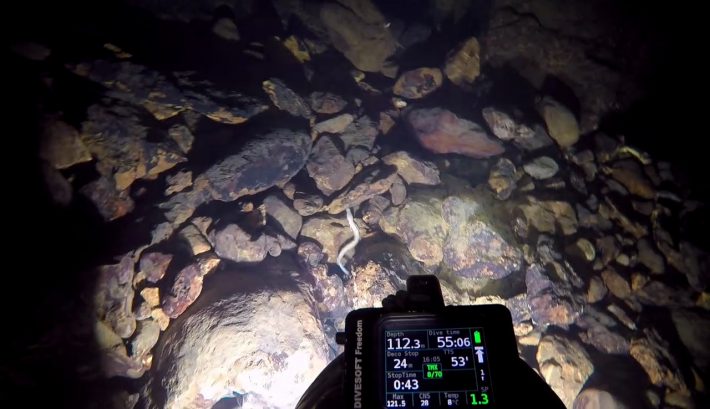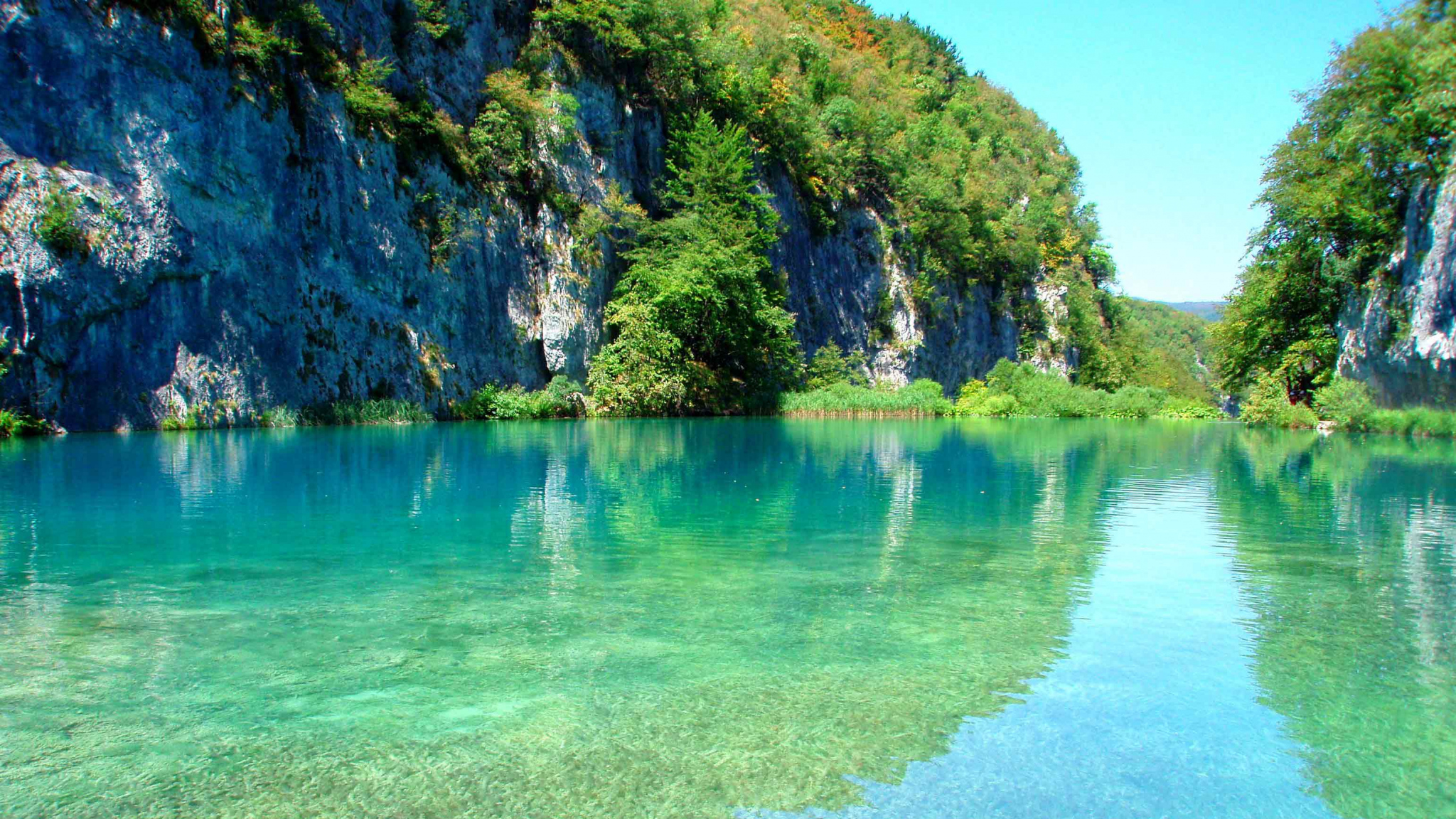More interesting critters to be found!

“This was the deepest finding of the olm ever recorded,” said expedition leader Petra Kovač-Konrad. “We also spotted specimens at many different depths in the lake, which confirms the assumption that depth of the water isn’t the stress factor for the olms.”
Where do they live?
There are also several other environmental factors that affect the distribution of these unique species of salamanders. “Olms prefer specific parts of the cave system with less stressful conditions,” Kovač-Konrad said. “Such as slower water flow or a bigger amount of sediment.”
Concern raising developments

There are increasing concerns over the state of the environment have driven researchers to delve deeper into the study of olms, whose fragile habitats are being ruined by leeched pesticides and fertilizers, as well as mercury and lead.
Classified as ‘threatened’
Olms have been listed as “threatened” species by the International Union for Conservation of Nature (IUCN), as their numbers have been decreasing at an alarming rate. Scientists are trying to learn as much as they can about these special “dragons” before it is too late. This is easier said than done considering the amount of technology and diving expertise needed to study them.
Thanks to technology
Despite the disheartening developments, the advances in technology are being proven a boon to these special creatures. Thanks to recent innovations in the DNA analysis of cave water, five new olm habitats have been discovered since. The Proteus Project’s Gergely Balázs is of the belief that infrared technology should be used to study the behaviour of olms.
Extensive research

Nonetheless, up until recently, olms in captivity have provided incredible scientific data. Amazingly, in 2016, they were bred in captivity for the first time! They are known to only lay eggs once, maybe twice, every decade, so it was no easy feat! Researchers soon found that adolescent olms are territorial in nature, even having “brotherly quarrels” over food.
